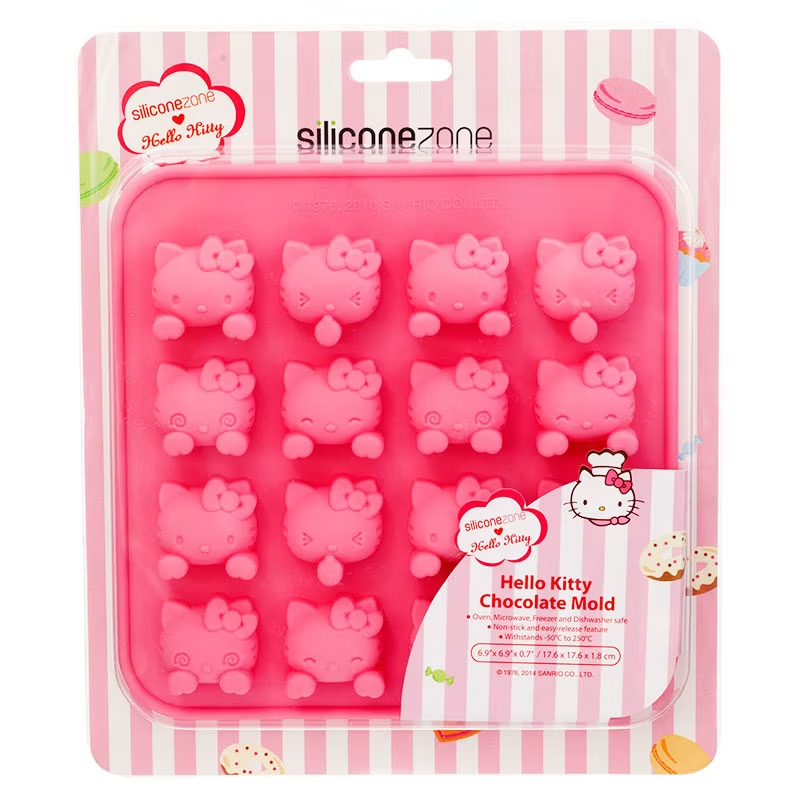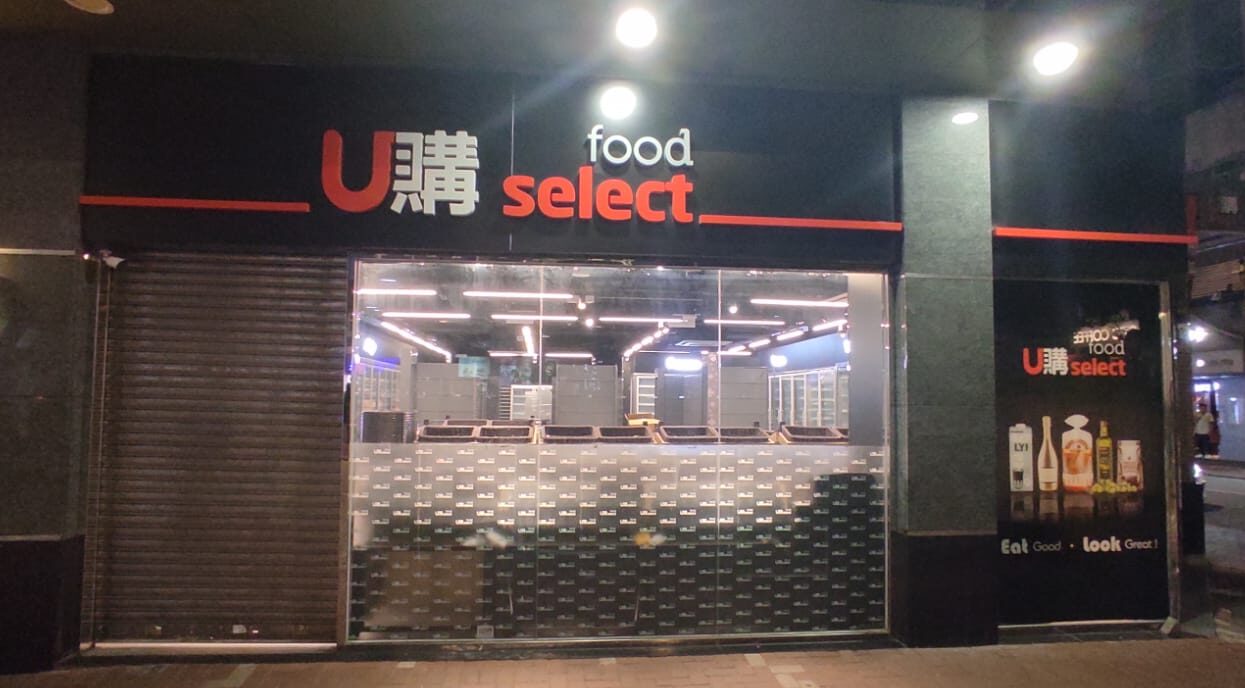The Rise and Fall of SiliconeZone – as a branded product company based on design innovations
SiliconeZone emerged as a trailblazer in the kitchenware industry, known for its innovative use of silicone in bakeware. Founded as a family business, the company quickly gained recognition for its pioneering products, which offered non-stick, flexible, and heat-resistant properties. These innovations positioned SiliconeZone as a leader in the market, appealing to both amateur cooks and professional chefs.

The Rise: Innovation and Expansion
SiliconeZone’s early success can be attributed to its commitment to quality and design. The company rapidly expanded into international markets, building a strong brand identity. Its products were frequently featured in culinary magazines and cooking shows, further enhancing its reputation. However, as the market for silicone kitchenware grew, so did the competition. Numerous brands began offering similar products at lower prices, challenging SiliconeZone to maintain its market share.
Strategic Shifts: Professional Management and Diversification
Recognizing the need for a more structured approach, SiliconeZone introduced professional management to supplement the family-run operations. This move aimed to bring efficiency and modern business practices to the company. However, integrating external management proved challenging, as family members continued to play a dominant role in decision-making. The clash between traditional family values and modern management practices hindered significant changes in the company’s trajectory.
In an effort to rejuvenate the brand, SiliconeZone pursued several diversification strategies:
- Hello Kitty Licensing: By acquiring licensing rights for Hello Kitty, SiliconeZone aimed to leverage the brand’s global appeal to attract a younger demographic and boost sales through co-branded products.
- Innovative Product Lines: The company launched new product lines such as the StickyStation (later revised as Siconi brand) stationery line and Silion, a range of health-related consumer products inspired by negative ions. These products were intended to showcase the company’s innovative spirit and tap into new market segments.
Link : https://interestingengineering.com/innovation/siconi-silicone-sticky-tablet-mats-stick-everything-to-your-fridge
The Fall: Challenges and Decline
Despite these efforts, SiliconeZone faced significant challenges. The increased competition led to brand dilution, making it difficult for consumers to distinguish SiliconeZone’s products from those of competitors. Operational struggles, including supply chain management and production costs, strained the company’s resources. Additionally, the need to adapt to changing consumer preferences and technological advancements posed further challenges.
The attempts at revitalization, including the introduction of professional management and diversification strategies, were not sufficient to counteract these challenges. The company’s experience underscores the complexities of managing a family business in a competitive industry.
Lessons Learned for Family Businesses
SiliconeZone’s journey offers valuable lessons for family businesses:
- Innovation is Key: Continuous innovation is crucial to maintaining a competitive edge.
- Adaptability: Businesses must adapt to market changes and consumer preferences to remain relevant.
- Operational Efficiency: Efficient management of operations and resources is vital for scalability.
- Brand Differentiation: Maintaining a strong and distinct brand identity is essential to withstand competition.
By examining SiliconeZone’s rise and fall, other family businesses can glean insights into the importance of aligning family dynamics with professional management practices to navigate market challenges successfully.










